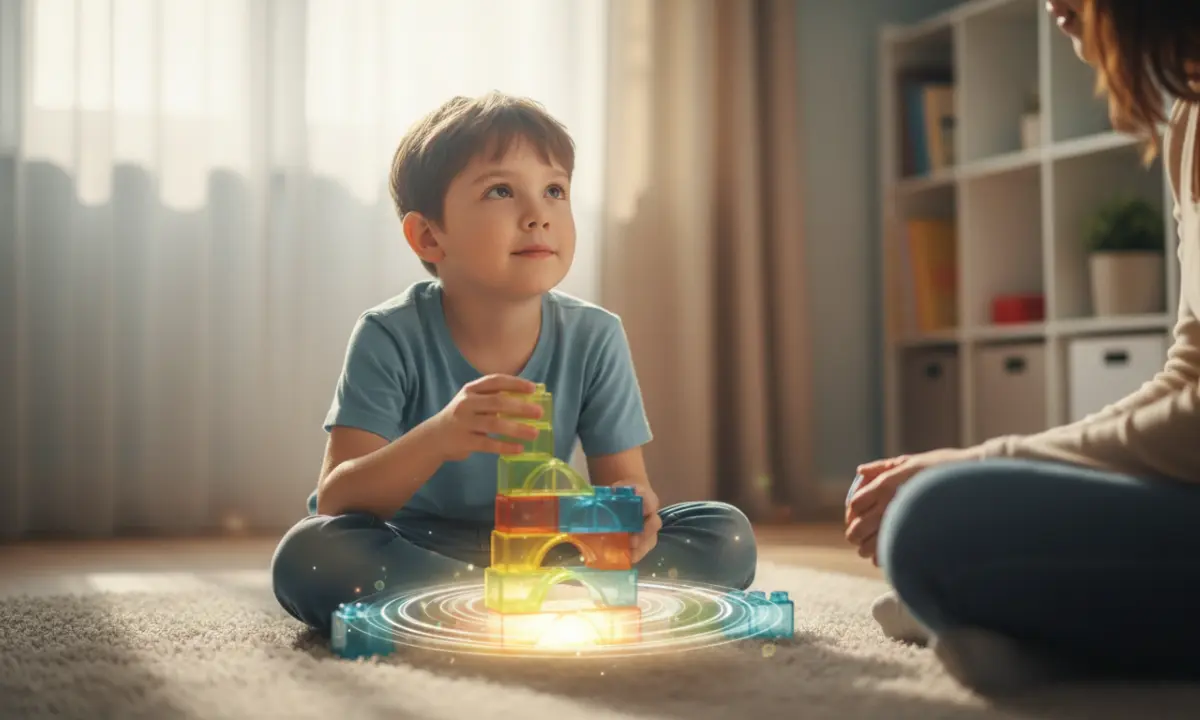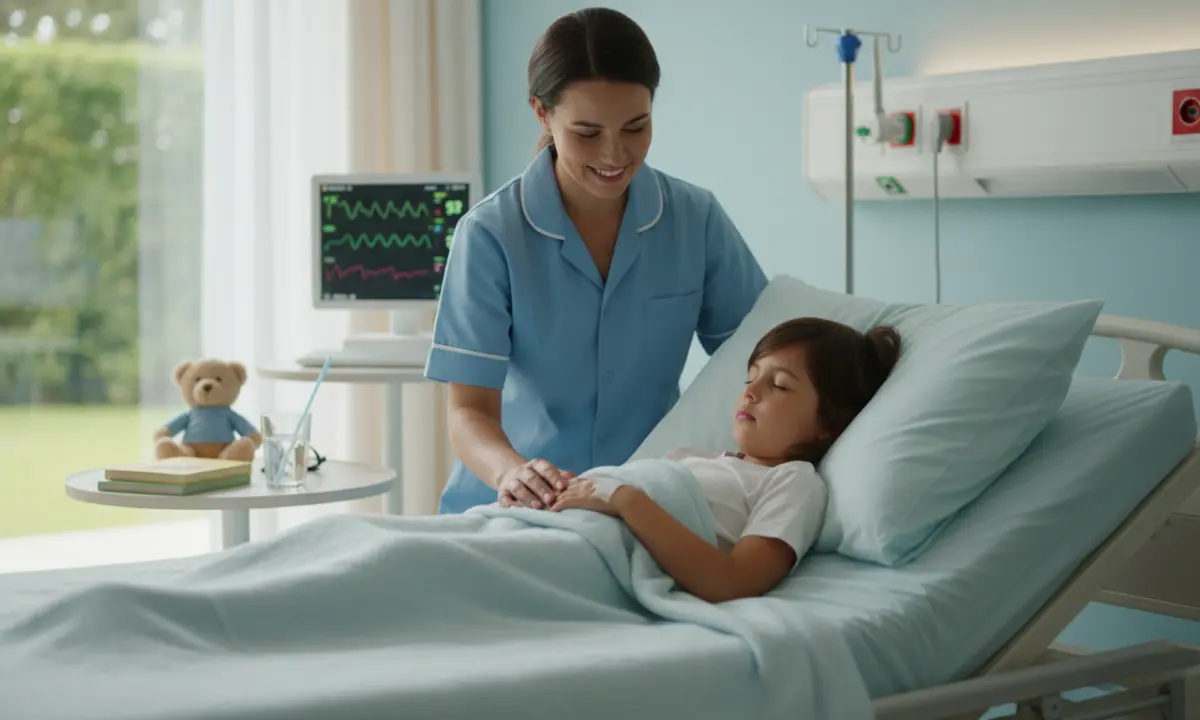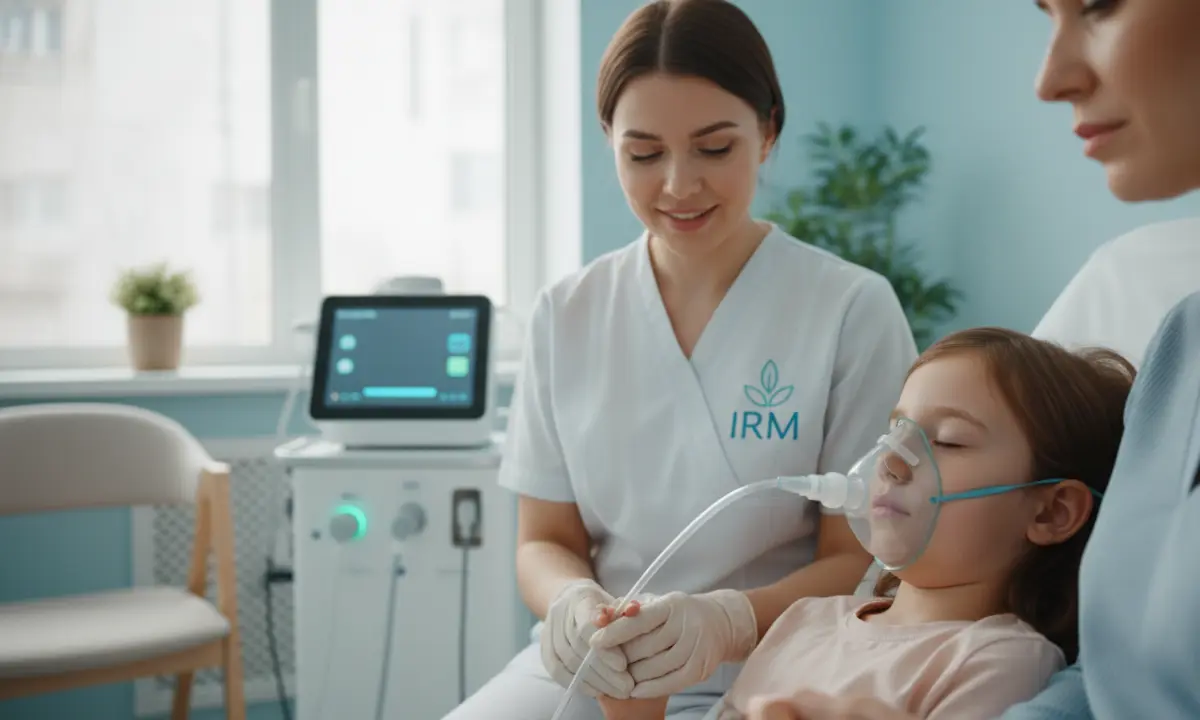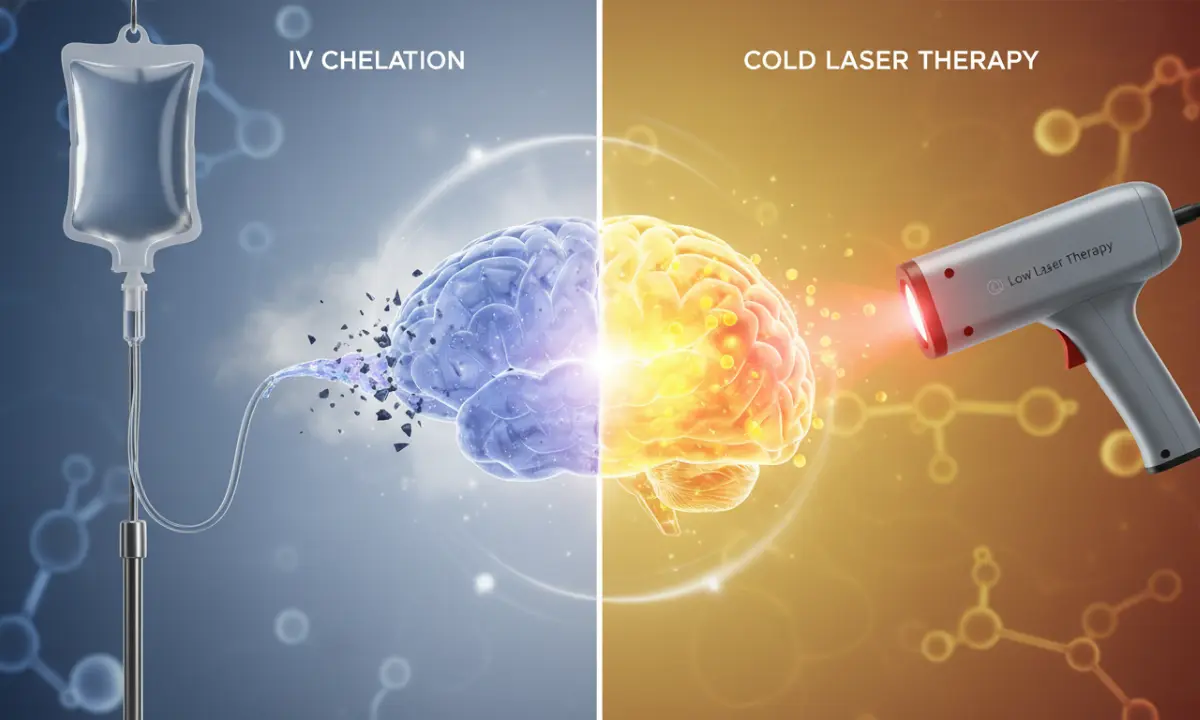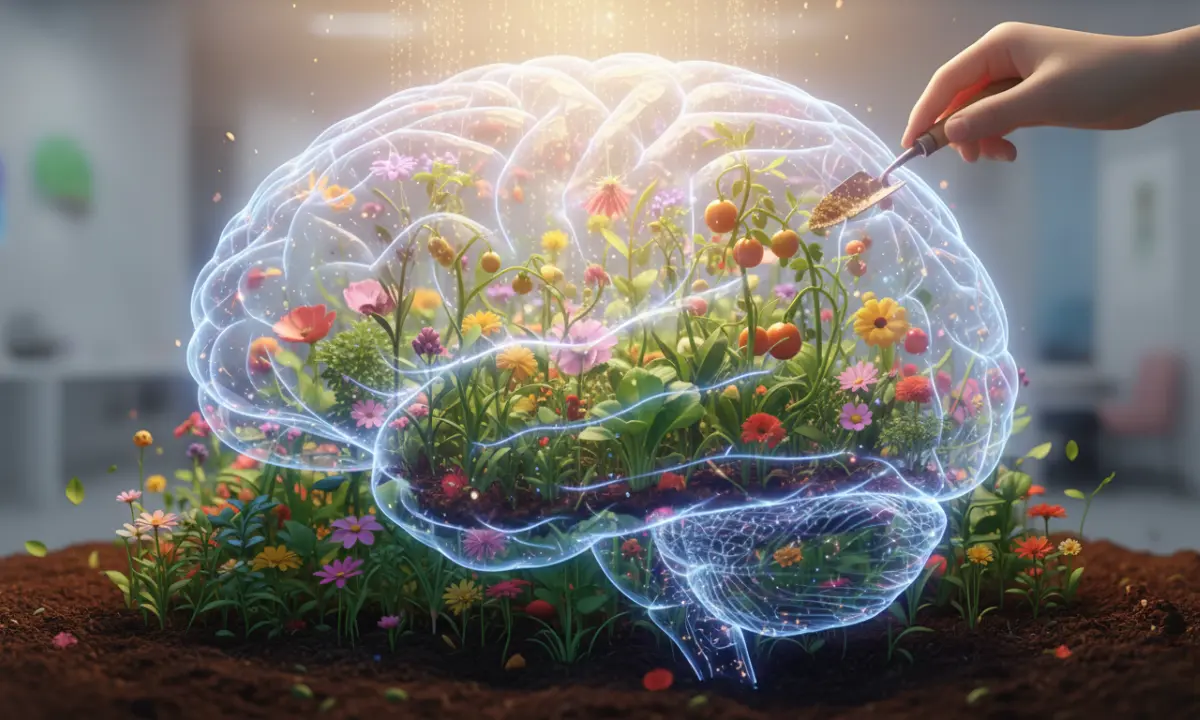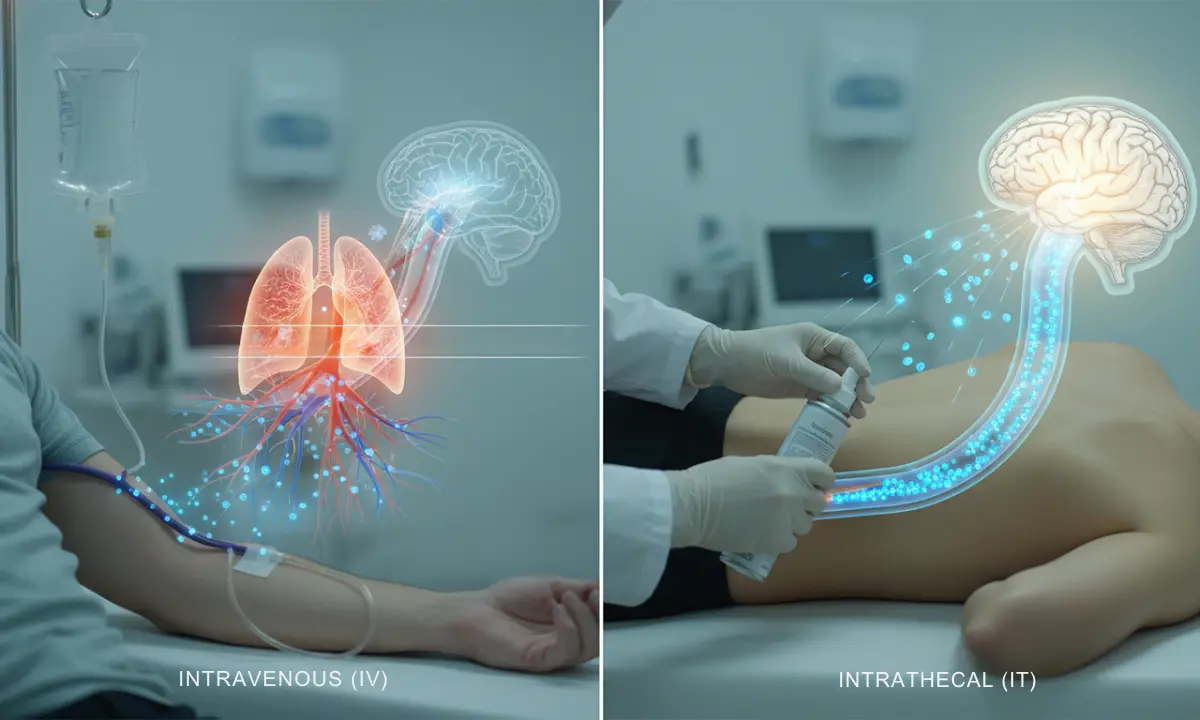Life After the One-Month Program: Implementing the IRM Home Plan
The intensive one-month program at IRM is a profound and transformative experience. It’s a period of advanced medical care, intensive therapy, and dedicated support, all designed to create a new foundation for your child’s progress. But what happens on the day you check out?This is a common and critical question. The answer is simple: the one-month program is the catalyst, not the conclusion. The real, long-term work begins when you get home, and we provide the roadmap to guide you.Table of ContentsWhat Is the IRM Home Plan?The "Window of Opportunity" and Why It MattersHome Care for Autism: Your Role is
What Results Can Parents Realistically Expect After Stem Cell Therapy for Autism?
This is the most important question for every parent considering regenerative medicine: “What will my child be like after the treatment?”It’s a question filled with hope, anxiety, and the desire for a better future.At the Institute for Regenerative Medicine (IRM), our first and most important job is managing expectations. Stem cell therapy is one of the most promising frontiers in autism treatment, but it is not a cure.To understand how IRM’s comprehensive one-month autism stem cell treatment program is designed to create these improvements, visit our A New Hope for Autism Spectrum Disorder page.For parents new to regenerative medicine, it’s
Managing Potential Side Effects of Stem Cell Treatment in Children
A decision to pursue any medical treatment for your child comes with critical questions, and one of the most important is: “What are the side effects?” At the Institute for Regenerative Medicine (IRM), we believe in 100% transparency. Your trust and your child’s safety are our priorities, which means having an open conversation about the risks of stem cell autism treatment and our rigorous protocols for managing them.To understand how our complete autism stem cell program is structured for both safety and effectiveness, explore our holistic stem cell treatment for Autism Spectrum Disorder at IRM.The vast majority of children complete
Anesthesia and Autism: Ensuring a Safe and Comfortable Procedure at IRM
For any parent, the thought of their child undergoing a medical procedure with anesthesia can be a source of significant anxiety. For a parent of a child with autism, this anxiety is often amplified. Questions like “Will they be scared?”, “Is it safe for them?” and “What are the risks?” are completely normal and valid.At the Institute for Regenerative Medicine (IRM), your child’s safety and comfort are our absolute highest priorities. We have designed our protocol specifically to minimize stress and maximize safety.Learn how IRM’s autism stem cell treatment ensures complete safety and comfort.A key part of this is our
Quality Control and Ethics: IRM’s Rigorous Donor Screening Process
When families explore regenerative medicine, their primary concerns are safety and efficacy. These two pillars rest on a single, non-negotiable foundation: the quality and purity of the stem cells.Our Autism Stem Cell Treatment at IRM is built on the same strict standards, ensuring safety from donor to delivery.At the Institute for Regenerative Medicine (IRM), our commitment to patient safety begins long before any treatment, with one of the most rigorous umbilical cord donor screening processes in the industry.While umbilical cord tissue is an incredibly potent and ethically sound source of mesenchymal stem cells (MSCs), not all cords are created equal. Ensuring the final
The Role of IV Nutrition and Customized Diet Plans in Autism Management
When we think of autism interventions, we often focus on the brain and behavior therapies like ABA and speech. But what if one of the keys to improving brain function is found in the gut?Increasingly, science is proving the gut-brain axis autism connection is not a theory, but a biological reality. The gut is our “second brain,” and if it’s inflamed or imbalanced, it directly impacts mood, cognition, and behavior.This is why a comprehensive autism treatment plan at IRM doesn’t just focus on the brain; it starts with healing the gut and replenishing the body. Our protocol includes three specialized IV nutrition sessions and a one-month
Exploring Supportive Therapies: IV Chelation and Cold Laser Therapy for Autism
A truly comprehensive approach to Autism Spectrum Disorder (ASD) requires looking at the body as an interconnected system. While primary treatments like stem cell therapy and behavioral intervention build a new foundation, supportive therapies are essential for clearing the path and powering the change.At IRM, our integrated protocol includes two such therapies: IV Chelation and Cold Laser Therapy. These treatments are designed to address two common underlying issues in ASD: a high toxic burden and cellular-level energy deficits. Here’s a look at how each one works.Table of ContentsPart 1: IV Chelation for Autism Detoxification (3 Sessions)Part 2: Cold Laser Therapy for Cellular
Integrating Speech and Behavioral Therapy with Stem Cell Treatment: The IRM Strategy
When a Family considers stem cell therapy for autism, they often focus on the advanced biological intervention, the stem cells, the exosomes, and their potential to heal. This is understandable. Regenerative medicine is the powerful catalyst that quiets neuroinflammation and creates a state of heightened neuroplasticity, or the brain’s ability to form new connections.Before moving forward, families can explore IRM’s complete stem cell treatment plan for Autism Spectrum Disorder. This holistic program combines biological, behavioral, and nutritional therapies to achieve optimal outcomes.But at the Institute for Regenerative Medicine (IRM), we know this biological “reboot” is just the beginning. A calmer, more receptive
Why Stem Cell Therapy Alone Isn’t Enough
The discovery of regenerative medicine, particularly stem cell and exosome therapy, has opened a new and exciting frontier for Autism Spectrum Disorder (ASD). The potential to biologically calm neuroinflammation, modulate the immune system, and support a healthier neurological environment is a profound leap forward.However, in our quest for a “fix,” it’s easy to look for a single solution, a “magic bullet.”At the Institute for Regenerative Medicine (IRM), we’ve seen firsthand that while regenerative therapy can be transformative, it is not a standalone cure. True, lasting progress is achieved when this powerful biological intervention is combined with a holistic autism treatment plan.Our
Intrathecal vs. Intravenous Administration: Which Route is Best for Autism?
When families begin to explore stem cell therapy for autism, they are often focused on the cells themselves.If you’re new to the concept, you can read our detailed overview on what stem cells are and how they work before learning about delivery methods.But just as important as the quality of the cells is the method of delivery. How do you get these powerful healing cells to where they need to go, the brain and central nervous system (CNS)?At the Institute for Regenerative Medicine (IRM), patients typically have two primary options: Intravenous (IV) and Intrathecal (IT) administration.These two delivery methods are part of IRM’s Comprehensive Autism Stem Cell Therapy








